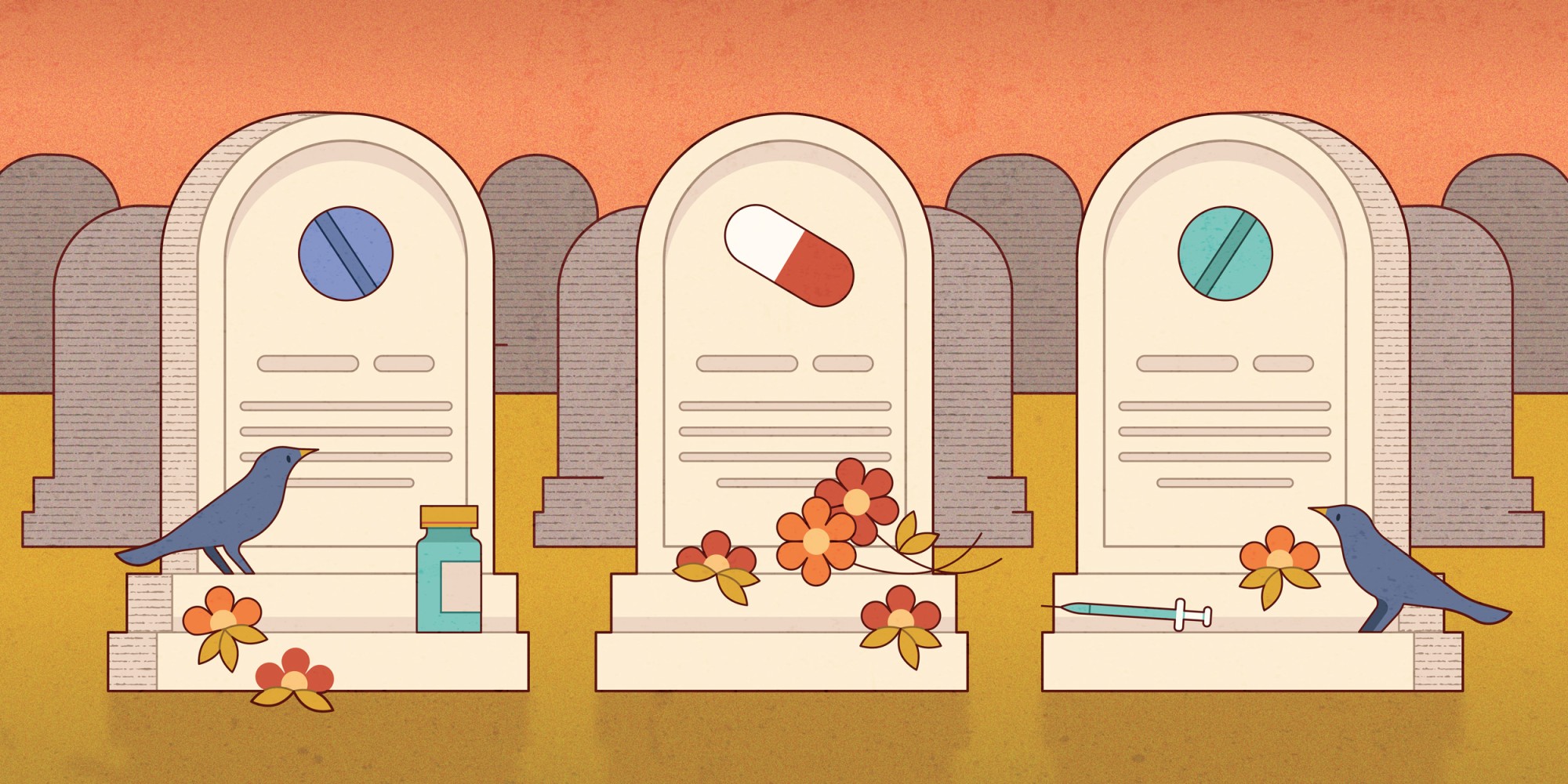
The people in Appalachia are currently battling two public health crises at once: the COVID-19 pandemic and the opioid crisis. Though overdose rates declined significantly across the country, they remain the highest in Appalachia and are surging again, currently at the highest rate since the start of the opioid epidemic in the late nineties.
Overprescription, expansion of incarceration, and decades of economic stagnation created a breeding ground for addiction in the region. During COVID, the people of Appalachia are under more stress than ever before, leading more folks to relapse. When transportation modes and job opportunities are limited, it is significantly harder for those with substance use disorders to access proper treatment for their addiction. Compounding that, rehabilitation centers have severely decreased the number of patients they can take in order to follow pandemic safety protocols.
Growing up in the mountains of southwest Virginia on the edge of Appalachia, the opioid epidemic hit us fairly hard though many areas nearby were worse off. All of the people I personally knew who passed due to heroin overdoses were women. All of them were single mothers. I don’t believe this is a coincidence.
According to a 2017 report by the Health Resources and Services Administration, women were most affected by the opioid crisis, experiencing higher rates of usage, hospitalizations, and overdoses compared to their male counterparts. Though the epidemic is commonly framed as only impacting white people, the report found that the crisis affected women across all racial identities and ethnic groups equally.
This comes as no surprise as women were disproportionately affected by the “War on Drugs”. While men are being incarcerated at a decreasing rate, the opposite is true for women who are currently propping up the carceral state. The “War on Drugs” fueled the mass expansion of prisons and jails and led to the imprisoning of large numbers of Black Americans and also introduced women as the fastest growing prison population. Whereas before women were mostly locked up in mental institutions, prison became the new way to control and abuse women. Even today, the majority of women incarcerated in the US are there for non-violent drug crimes. I want to emphasize this disproportionately affects BIPOC and transgender women even in Appalachia, a region with little racial and ethnic diversity.
Poverty, sex work, and drug abuse are all risk factors for incarceration that often overlap. Across the region but particularly in West Virginia, many women with opioid addictions turned to selling their bodies on the streets as a form of survival. While some women choose to enter the sex work industry to make money to satisfy their addiction or trade sex for drugs directly, others are trafficked. The criminalization of drugs and sex work has created a vicious cycle of addiction, prostitution, incarceration, and relapse and uniquely affects women, both cis and trans.
This gendered experience in the prison system is only exacerbated by the reality that a majority of incarcerated women (60%) are mothers, most of whom are single. Removing any parent from a home is severely destabilizing and increases the likelihood of an incarcerated individual’s own children from being locked up.
In Appalachia, the foster care systems are currently being overloaded as a direct result of the opioid epidemic. Being under the intense surveillance of the state from such a young age conditions those within it in such a way that a quarter of foster children will end up in the justice system within just two years of aging out of care. In West Virginia, the state hit the hardest by the opioid epidemic, saw a 70% increase of children in the foster care system in the past six years. About 85% of the children in West Virginia’s foster care have at least one parent with an addiction issue. The currently overwhelmed foster care system is compounding the children’s odds of winding up in prison or jail as it’s more likely for them to be institutionalized and placed in a group home. Young girls in foster care, particularly black girls, are the most vulnerable to sex trafficking. Though not fully visible yet, in the next decade we can expect the incarceration rate in Appalachia to rise significantly partly due to the foster care to prison pipeline.
It feels like there will always be a way for those affected by poverty and addiction in Appalachia to fall into the hands of the justice system. So, what is the solution?
In the words of Angela Davis in her book Are Prisons Obsolete?, “…with respect to the project of challenging the role played by the so-called War on Drugs in bringing huge numbers of people of color into the prison system, proposals to decriminalize drug use should be linked to the development of a constellation of free, community-based programs accessible to all people who wish to tackle their drug problems.”
Though Davis addresses the need to rehabilitate BIPOC individuals, this approach, along with the decriminalization of sex work, will be crucial in reuniting families, healing those with substance use disorders, and keeping Appalachians out of the prison system.
If the necessary change is not acted upon now, the carceral state will continue to seep further and further into the mountain ground, as deep as the coal deposits once did.
(By Hadley Chittum)
(Picture Credit: Kiki Ljung – Folio Art / NBC)